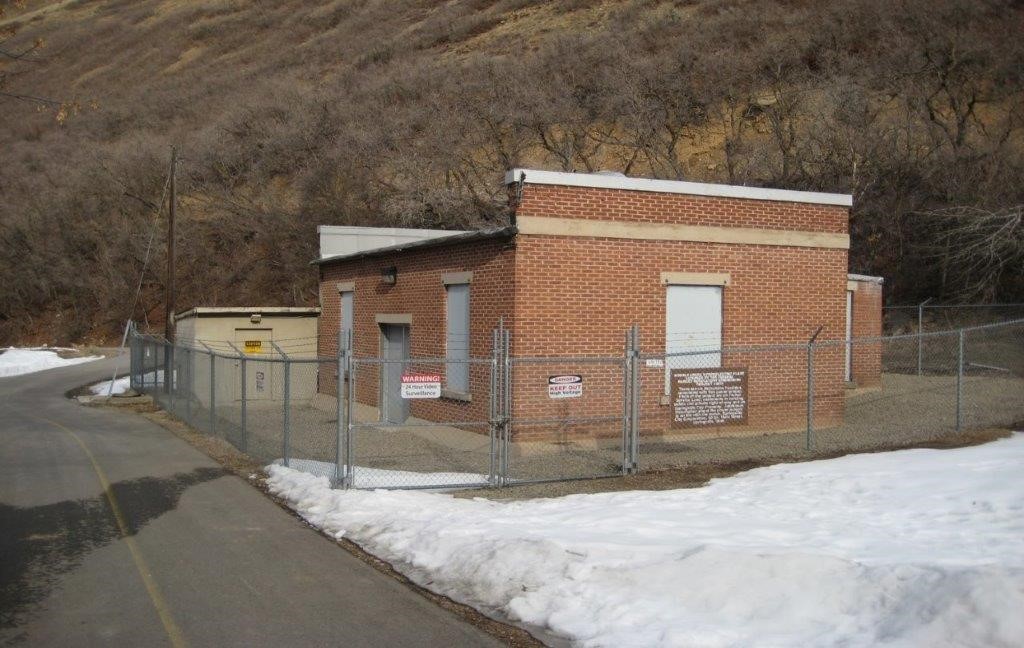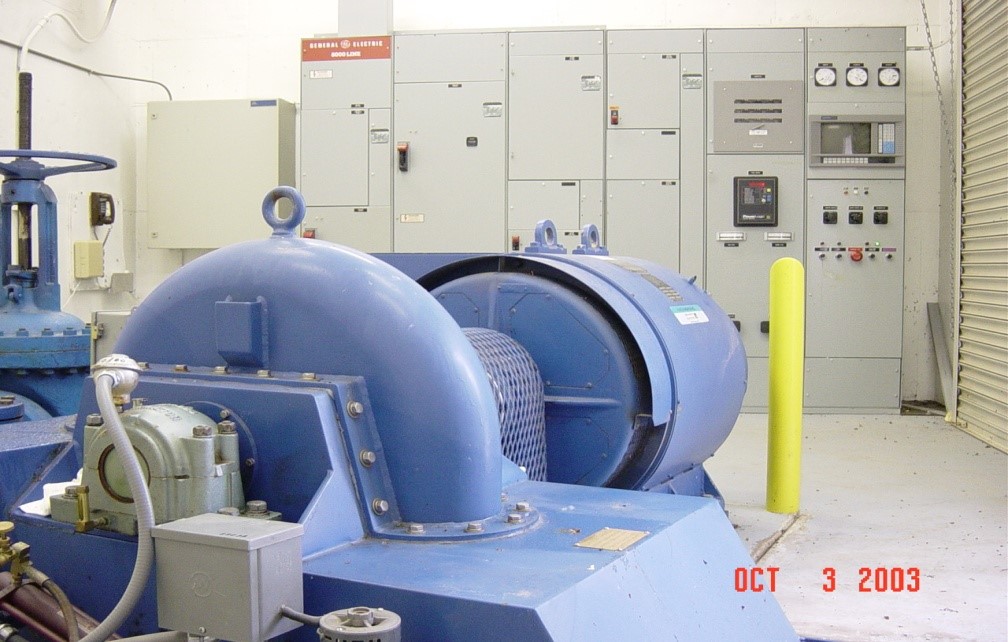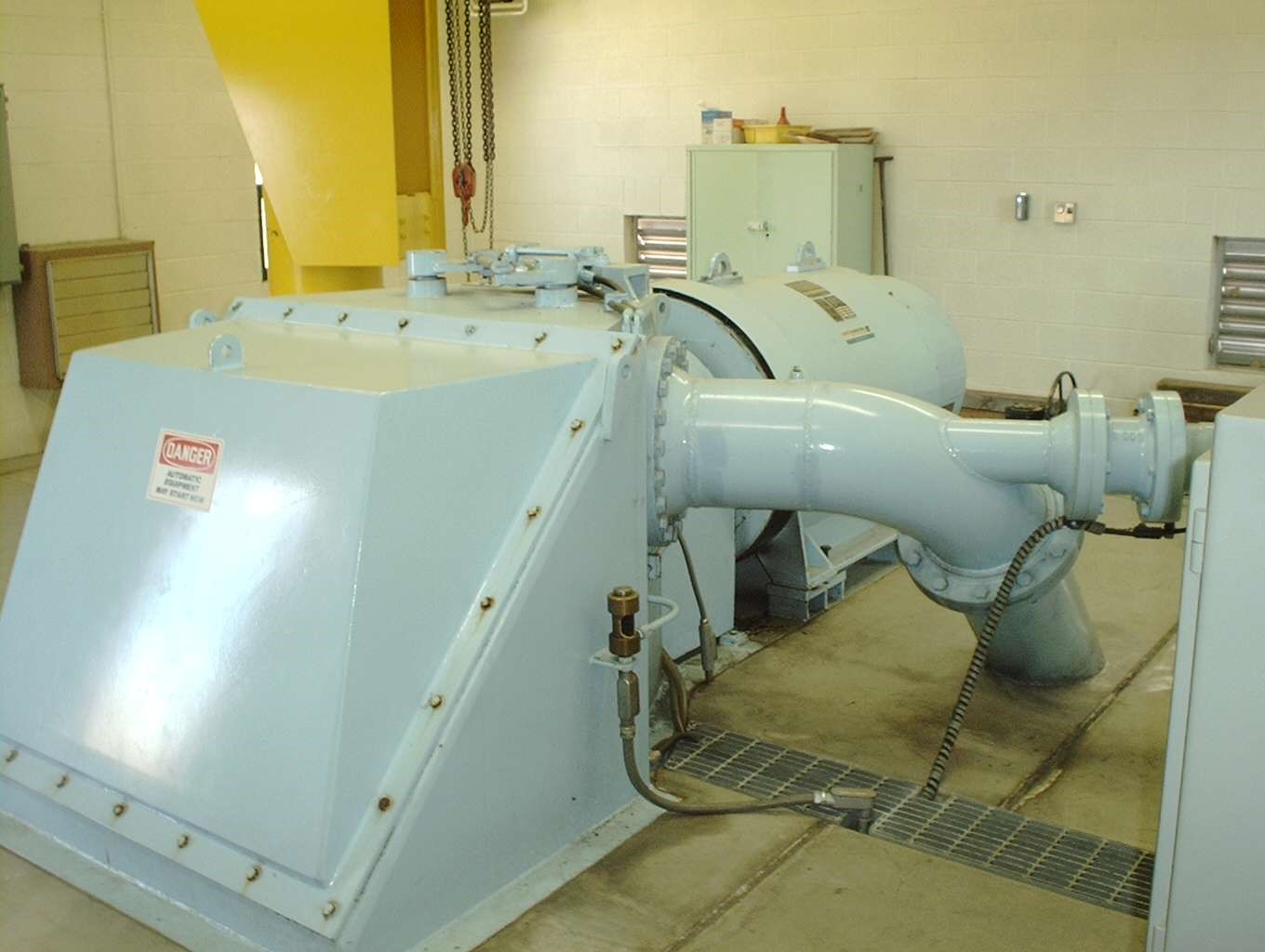About Springville Power
The City established its own electric utility in 1904 with the completion of hydroelectric facilities in Hobble Creek Canyon and the installation of poles and wires to deliver the energy to its citizens. Since that time, the people of Springville have enjoyed the benefits of owning their own electrical system.
The primary benefit of local public ownership is the ability of the citizens to have a direct voice in the operation of the utility and the allocation of its derived benefits. Public ownership allows the City to transfer monies to the City’s general fund. These transfers help defray the costs derived from the City general operations and reduce the need for additional tax or fee revenue. Street lighting and energy usage, government building energy usage, and electrical services are all benefits Springville Citizens enjoy without a direct charge being assessed to the general fund.
Currently, the City is a member of the Utah Associated Municipal Power Systems (UAMPS). This organization is made up by 46 public utilities located in Utah, Idaho, Nevada, California, and New Mexico. Each member participates in projects based upon their system requirements, and can also take advantage of the collective resources through the economy of scale such a large offers.
The City is also a member of the Southern Utah Valley Power Systems (SUVPS) organization. This group operates and maintains the transmission/substation network located in the south part of Utah County. SUVPS is comprised of Springville, Spanish Fork, Salem, South Utah Valley Electric Service District (SESD), and Payson, which are all publically owned utilities.
Springville is also a member of the North West Public Power Association (NWPPA) and the American Public Power Association (APPA).
During the early years, most of the energy required within the city was generated through the hydroelectric facilities that operated on the water sources in the Hobble Creek and Spring Creek Canyons. Since those days, the City has entered into numerous contracts, agreements, bought resources and constructed additional generation. The City’s increased load requirements naturally required additional transmission, substation, and distribution infrastructure to provide for the power needs of the city residents, businesses, municipal facilities and other power customers.
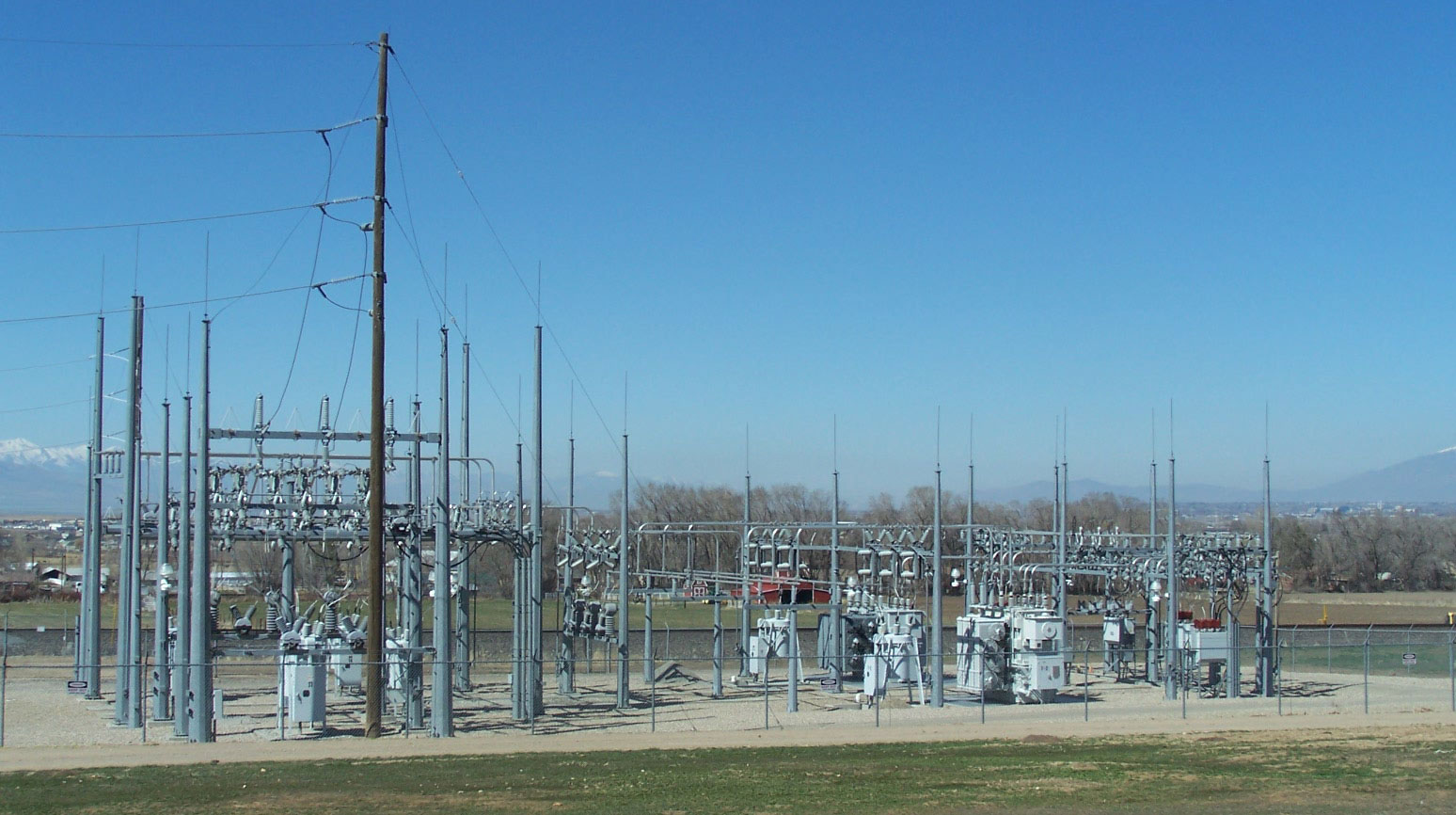
The Calvin J. Baxter Substation is one of Springville’s main receiving substations. It is located west of the Evergreen Cemetery and services the south part of Springville, with two transmission feeders that service the other substations in Springville.
In 1997, the Calvin J. Baxter Substation was built to replace the Evergreen substation, which sat west of the current substation. All of the construction of the substation was done in-house by the Power department employees. The Calvin J. Baxter was engineered for growth on both transmission and distribution feeders, as well as the transformers. The spacing is such that the City can upgrade to 138 KV with no major redesign. The two distribution power transformers are capable of 22 megawatts each and four of the six available distribution feeders are being used at this time. In 2017 two OCBs were replaced with sf6 breakers. The remaining four OCBs will be replaced in 2018.
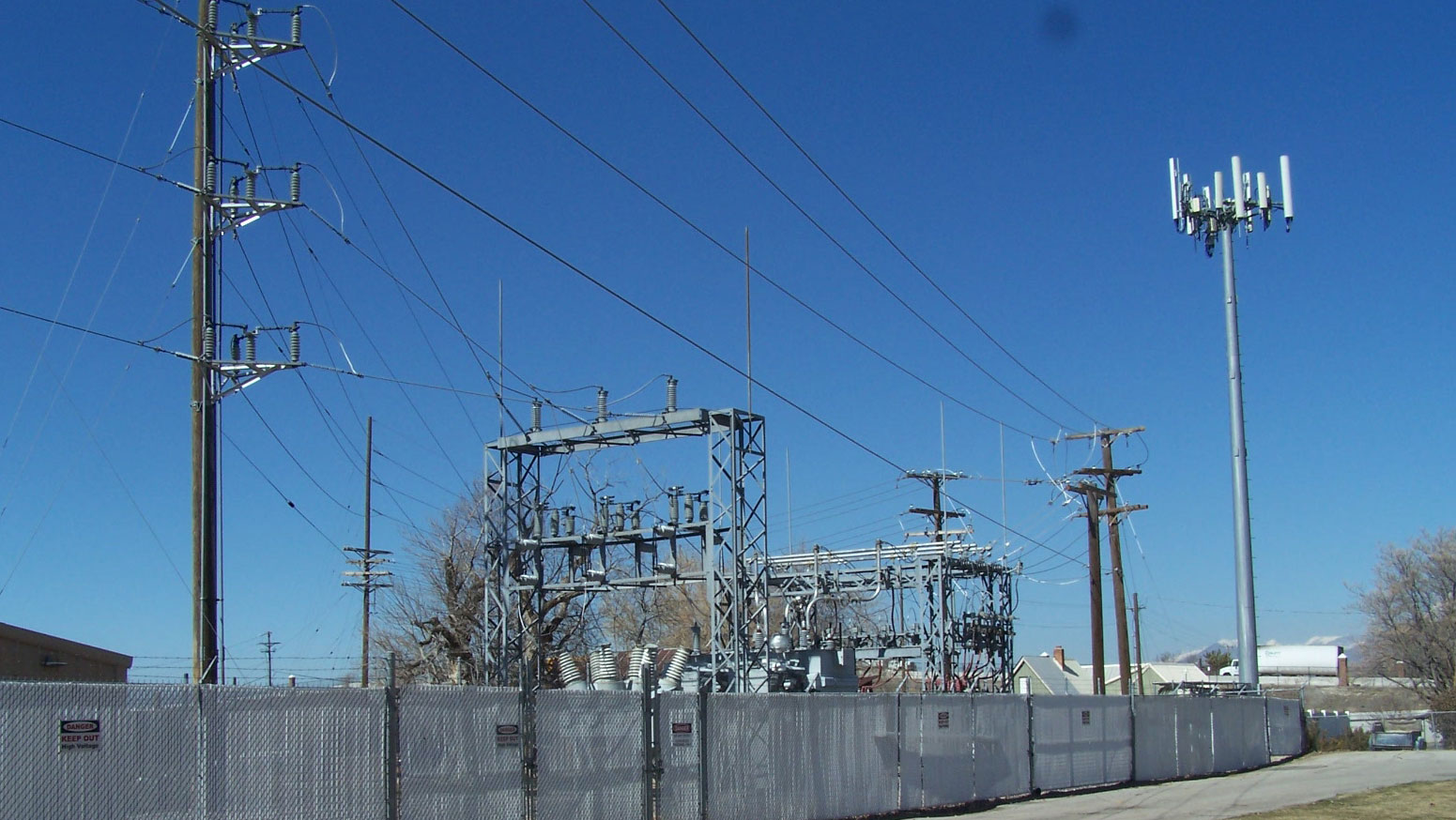
The Knight Substation is one of Springville’s oldest substations. It is located on the west side of the Springville Historic City Cemetery at 500 South and 350 East. It services the customers on both sides of Main Street as well as those who live on the west side of town. This substation had a new Kuhlman 22.4 MVA transformer installed in the late 90s along with a Japan A & E sf6 circuit breaker. This substation also has a modern control house, but the distribution circuit breakers are outdoor style.
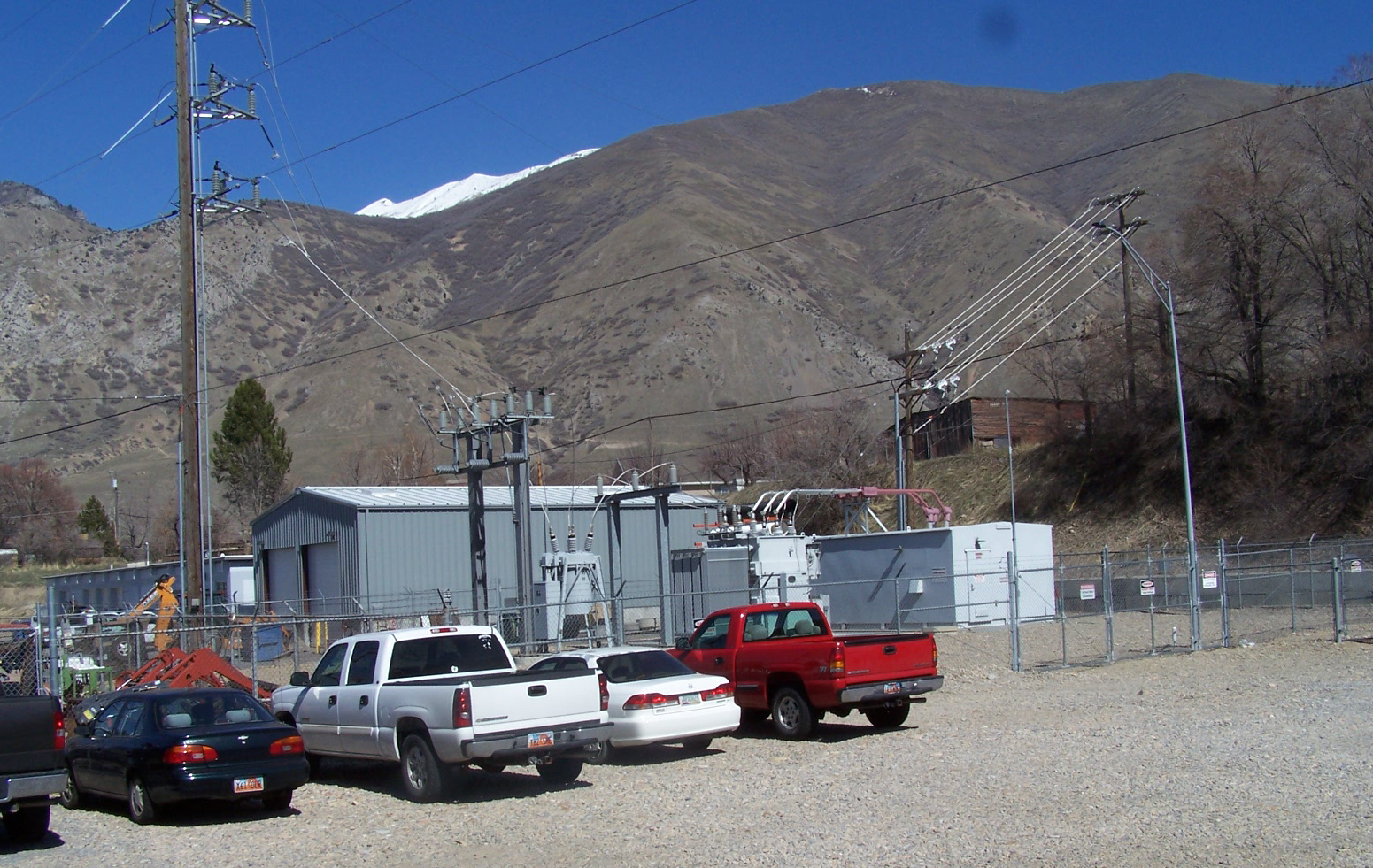
The Compound Substation was built around 1955 with a single 5 MVA transformer to serve all of the electrical needs of Springville. At the time it was built, it was designed as Springville’s main receiving substation and metering point. In the late 90s the transformer was replaced with a 22.4 MVA ABB transformer and a control building was added with integrated breakers for the distribution circuits.
The following is a picture of a Siemens sf6 breaker which was installed along with a bypass rack in 2016:

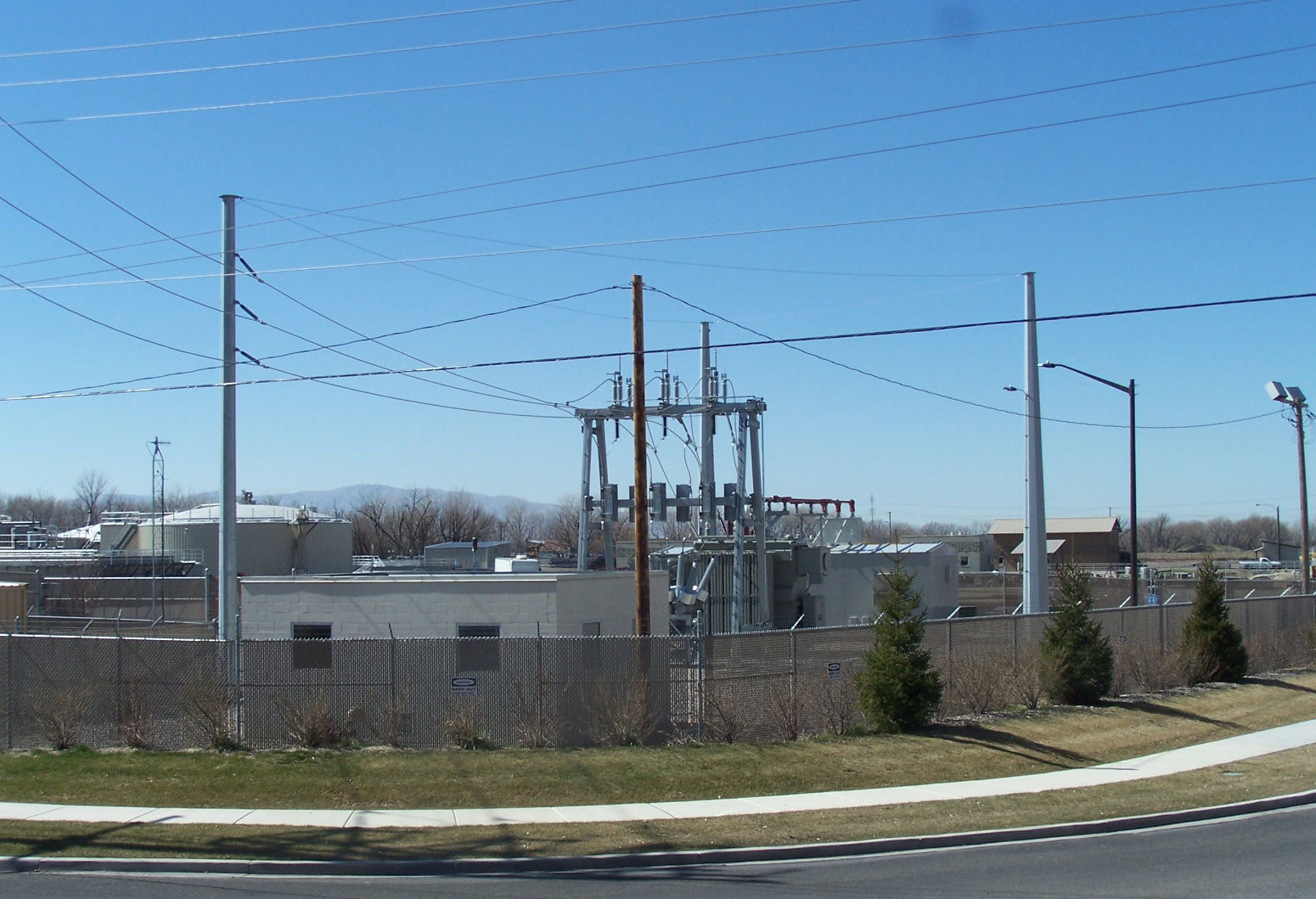
The North Substation was built in 1977 with one single GE 17.9 MVA transformer to service the Industrial Park area and the north-end of town. The circuit breakers, lightning arresters, metering instruments and ground grid were upgraded in 1987 to help increase reliability. The North substation was moved closer to the industrial park in 2013 and placed on a bigger piece of land. This allowed for the installation of a new control building with integrated breakers for the distribution circuits. A new Siemens sf6 circuit breaker and bypass rack were also installed to protect the transformer.
The Hobble Creek Substation was built in 2011 and provides distribution voltage to the West side of Springville. Hobble Creek is fitted with a 41.7 MVA Waukesha transformer. Hobble Creek has a modern breaker integrated control house. An oil circuit breaker is being used to protect the transformer, but will be replaced in 2019 with a sf6 breaker.
The Nestlé-Stouffers Substation was built in 1985. It is located on the east side of the Nestlé-Stouffers plant. Originally the substation was built with two redundant 10 MVA transformers, but because of the facility’s growth, it was upgraded in 1996. Two new Prolec 22 MVA transformers, 3,000 amp buss duct, and 3,000 amp circuit breakers were purchased and installed. Wasatch Electric provided the engineering, with all construction being done in-house by our technicians and lineman.

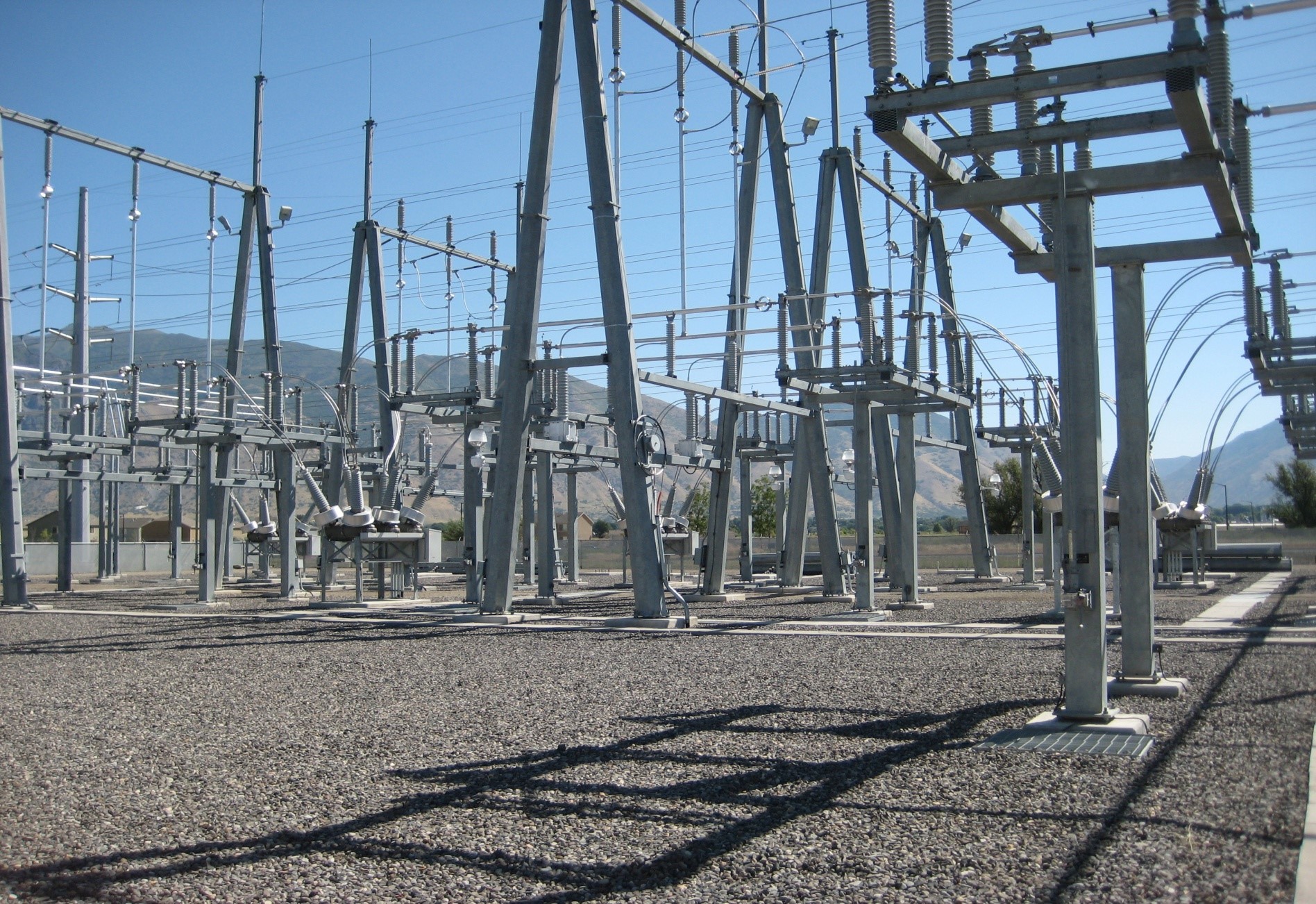
Drycreek is owned by the SUVPS group. It was built in 2001. Springville dispatches and provides maintenance of Drycreek for the SUVPS group. This is a transmission substation being supplied by 138 KV and transforming to 46 KV. This substation has two Waukesha transformers each rated at 93 MVA. The 46 KV is fed to the surrounding communities in SUVPS.
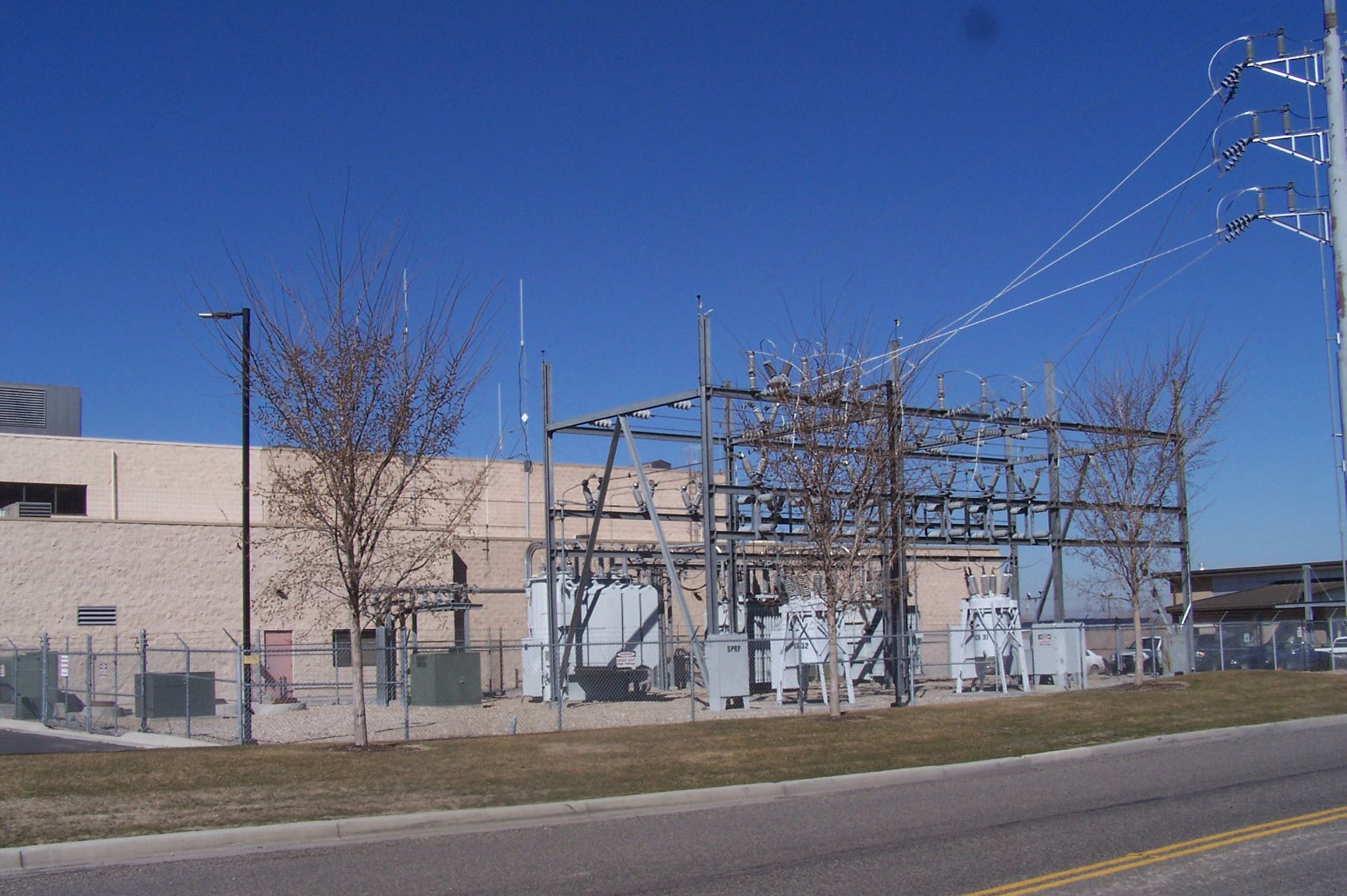
The Whitehead Substation was built in 1985 to connect the Whitehead Power Plant to the City’s internal grid. The generators produce power at 6,900 volts and the substation transformers step the voltage up to 46,000 volts. Originally two GE transformers were installed. The substation was upgraded in 1998 when the capacity of the power plant was increased because more generators were added. There are three transformers in this substation and when running at full capacity, it is capable of 60 MVA. Hagerhorst Engineering Services provided the engineering, with the construction being completed in-house by our technicians and lineman.

The Whitehead Power Plant was built in 1985. There were two generators installed in the original plant. These two Enterprise R4-V16 generators had a capacity of 7 MW each. Whitehead was built to take advantage of cheap energy caused by excess capacity created by the large coal fired plants built around Utah.
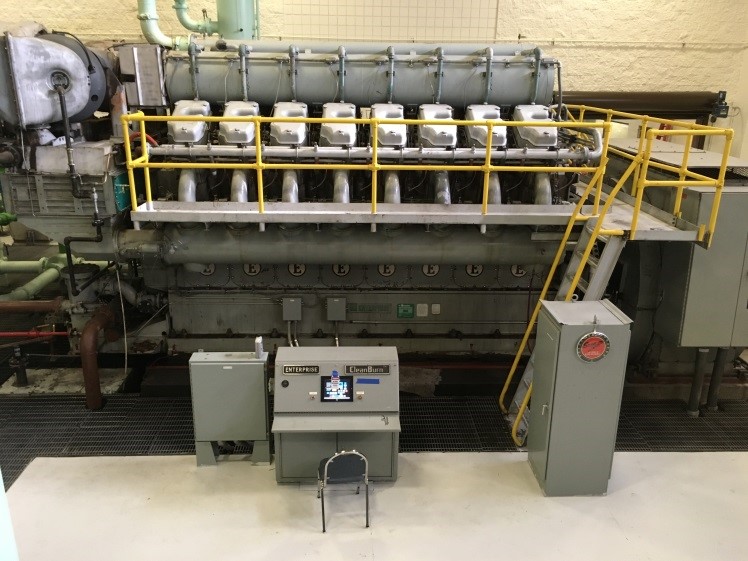
Because of increased City load, the plant was expanded in 1998 to include five more generators. Two of the newly installed generators were Enterprise R4-V16s that matched the first two generators installed in 1985. The other three generators added were EMD 645s converted to natural gas by ECI out of Tacoma, WA and were capable of 2.7 MW. All of the engines are powered by natural gas and produce power at 6,900 volts which is stepped up at the substation to 46,000 volts.
This expansion greatly aided Springville City during the energy industry crisis that happened in the early 2000s, involving California’s deregulation laws and companies like Enron taking advantage of the trading atmosphere. The Whitehead ran at close to full capacity for a couple of years to offset importing expensive energy.
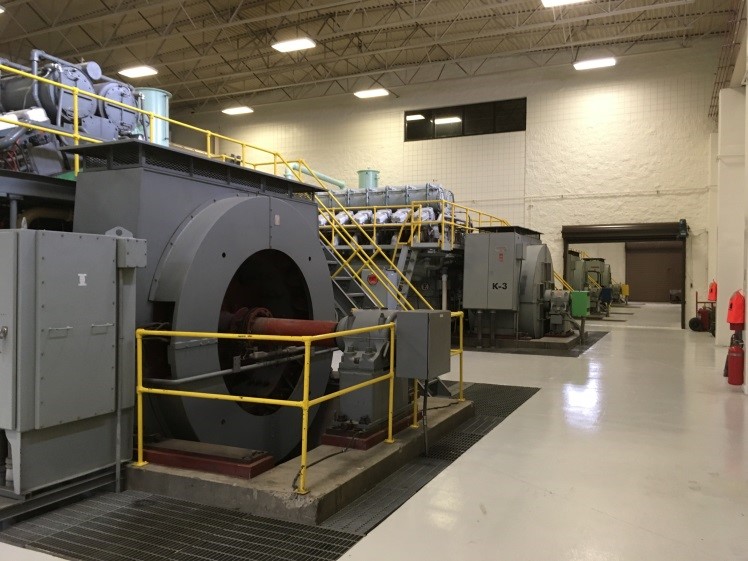
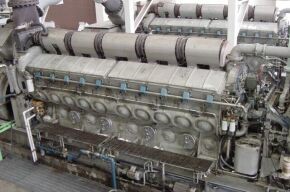
In 2008 Springville divested the three EMD 645s with the intention of replacing the generators with more fuel efficient, emission friendly engines.
In 2016 Springville bought two Caterpillar 3520Hs. These were retrofitted into the space left by the EMDs and took advantage of the existing plant infrastructure while meeting the goals of improved fuel efficiency and lower emissions.
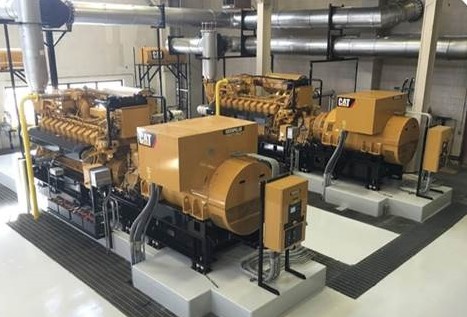
The Whitehead Powerplant currently has six generator sets.



